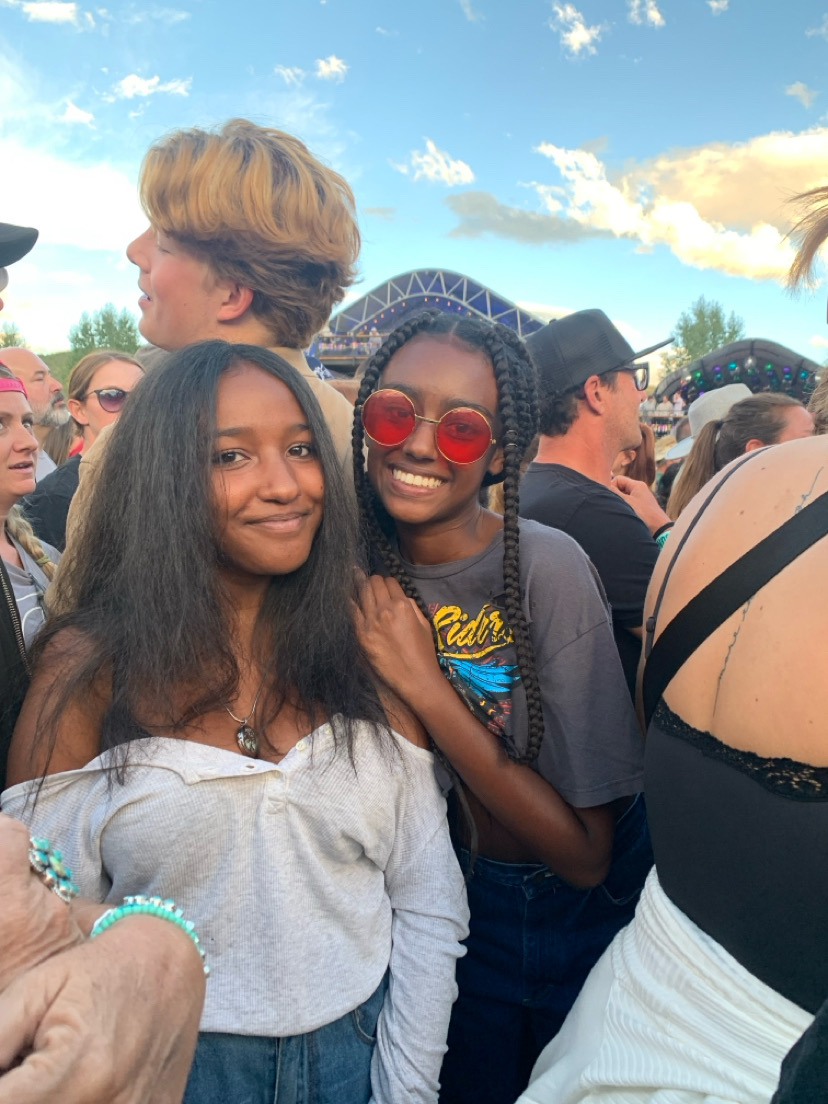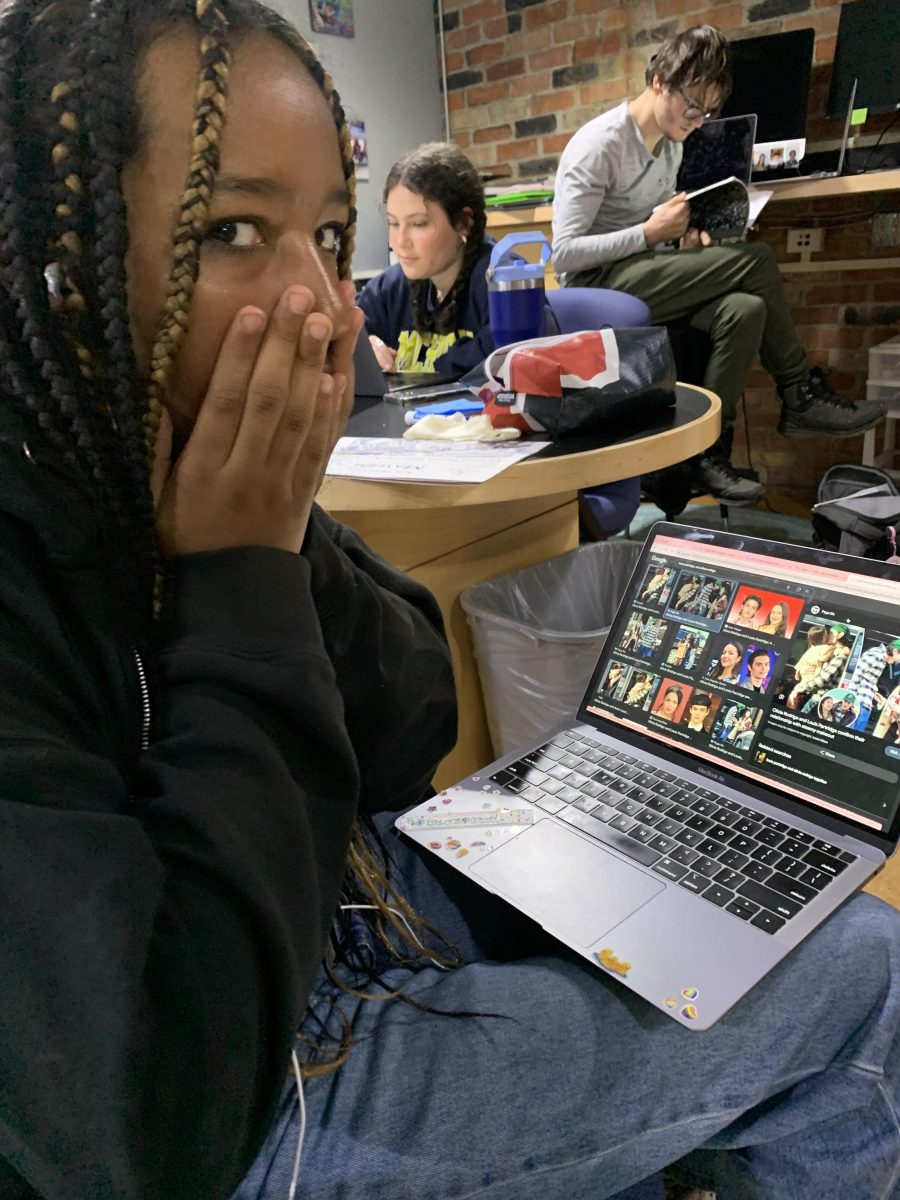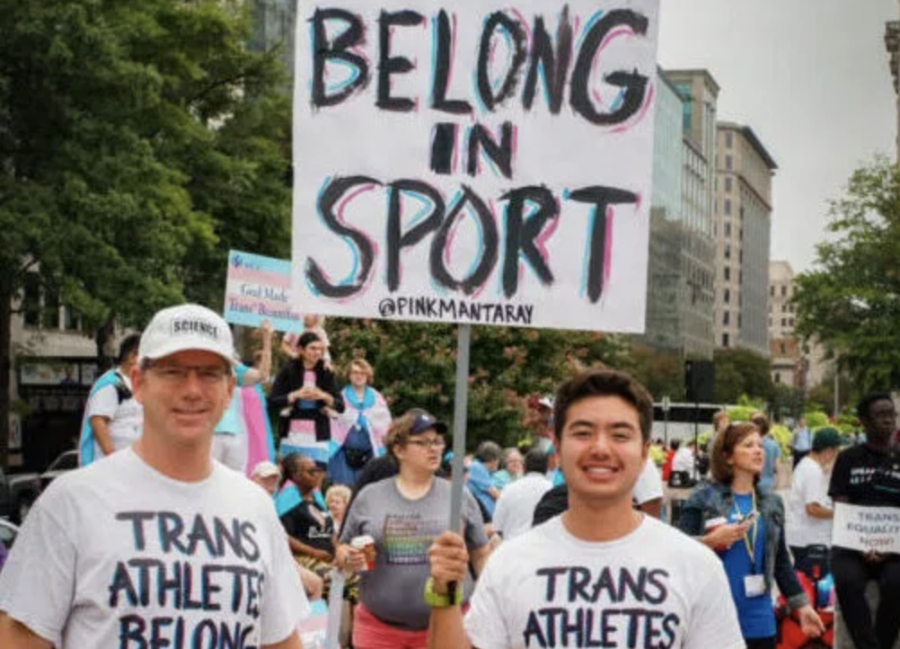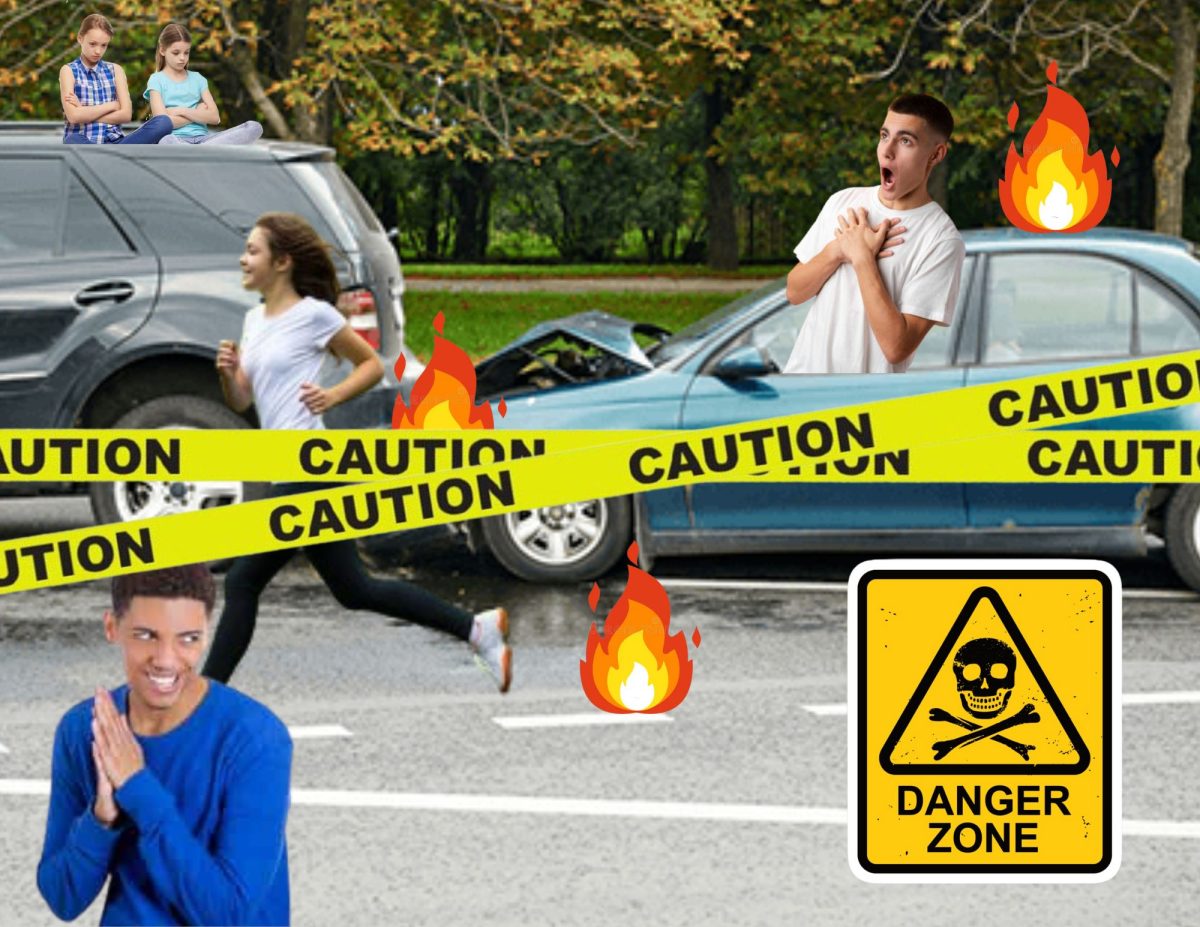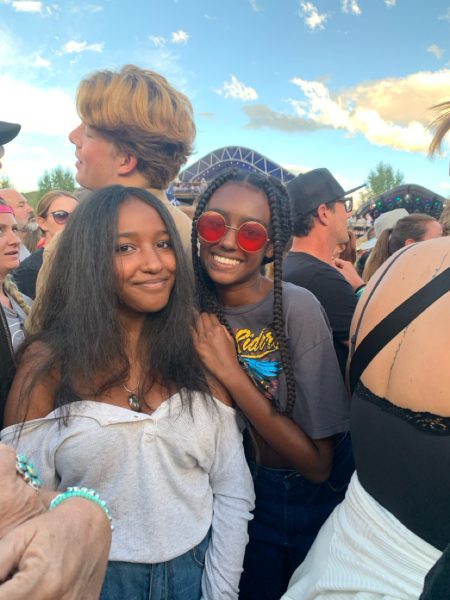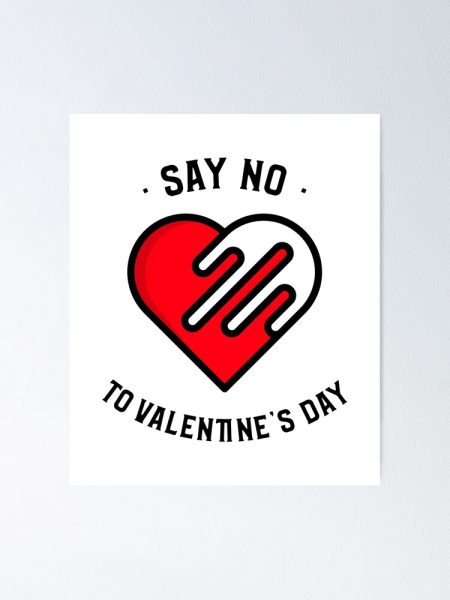Dress Codes: Do They Body Shame Girls?
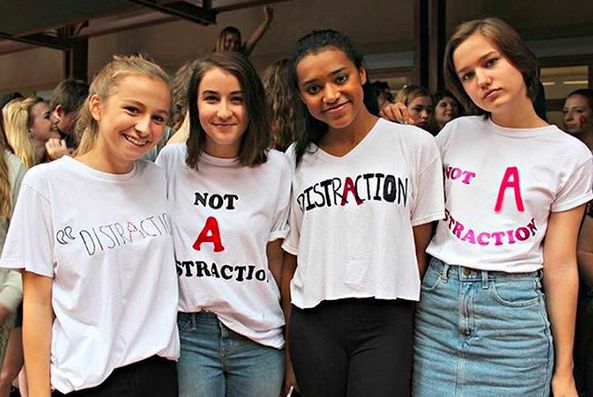
Photo Courtesy of Caroline.jpg
In schools across the country, female students are protesting sexist dress codes to make social change nationwide. When it comes to clothing for girls, there are several examples of how schools are shaming their students for wearing shorts and crop tops. Short skirts and form-fitting tops from mainstream brands are a typical purchase for most girls. But if girls are wearing clothes that are primarily being offered to them does that seem like an issue? Many students believe that there is an issue. Nowadays, it could be deemed impossible to find clothing in stores that could formally follow a dress code. Especially students who are tall or curvier than others have the potential to get dress coded more than other students. Dress codes are often established to keep teenage boys in line and to ‘stop’ them from getting ‘distracted’. That could help the boys to stay focused, but, no matter what, some men could still be distracted by women in general. However, dress codes have many other purposes such as: providing guidance for students and parents on appropriate attire for school.
Julia Higdon, a junior at AHS, believes that school dress codes unfairly target girls.
“Nobody cares what guys wear. The dress code at our school isn’t enforced, but if girls wear something that isn’t ‘appropriate’, then people will stare at you and often judge you for what you wear. If you feel comfortable wearing what you wear, then wear it.” Higdon said.
Like Higdon, many female students feel as if there is a clear difference to how girls are sexualized in school and in society, the boys are. If it is hot outside, you can’t expect girls to not wear shorts or a skirt to school. Dress codes that restrict girls from showing much leg, can often be very uncomfortable for most of the student female body. A study survey done by today.com on school dress codes stated that 31% of people believe that dress codes stifle a students creativity and mental freedom. Dress codes can limit people’s ability to be productive, comfortable, free, and can unfairly target a certain gender.
Crichelle Brice, AHS alumni and substitute teacher, believes that dress codes can be good for health and safety reasons.
“I definitely think that the way dress codes are currently enforced is usually pretty sexist. I think they’re productive dress codes, like the kind that keep logos out of certain places in areas with high rates of gang violence. Teenagers have always and will always be mean about what other teenagers are wearing because of jealousy, feelings of inadequacy, and fear.” Brice said.
An article by the atlantic.com records quotes many students in downtown Atlanta who had dress codes enforced due to gang affiliation. A student who attended a public school in Georgia stated. “Because one of the gangs had adopted Mickey Mouse as one of its symbols, we were not allowed to wear anything with Mickey Mouse on it.”
Many schools in areas with high gang crime adopt strange dress codes do to the worry of gang affiliation. Since many gangs often wear symbols, colors, or other specific items to symbol their gang, it would make sense that some schools would prohibit those things. Dress codes can require the students to follow absurd rules. Unlike Atlanta, Aspen has no predominant or any gang at all. Andorra Ronay-Totten, a junior at AHS, believes that school dress codes never unfairly target guys.
“I don’t think there’s any real dress code for guys. When they do dress up in a “funny” way or with booty shorts or in tank tops, it’s funny to other guys, but to girls, it’s not. When a girl does that, it’s often sexualized.” Ronay-Totten said.

Bella is a senior at AHS and this is her third year as a staff writer for the Skier Scribbler. Bella is also apart of the AHS Dance Team and spends her...




